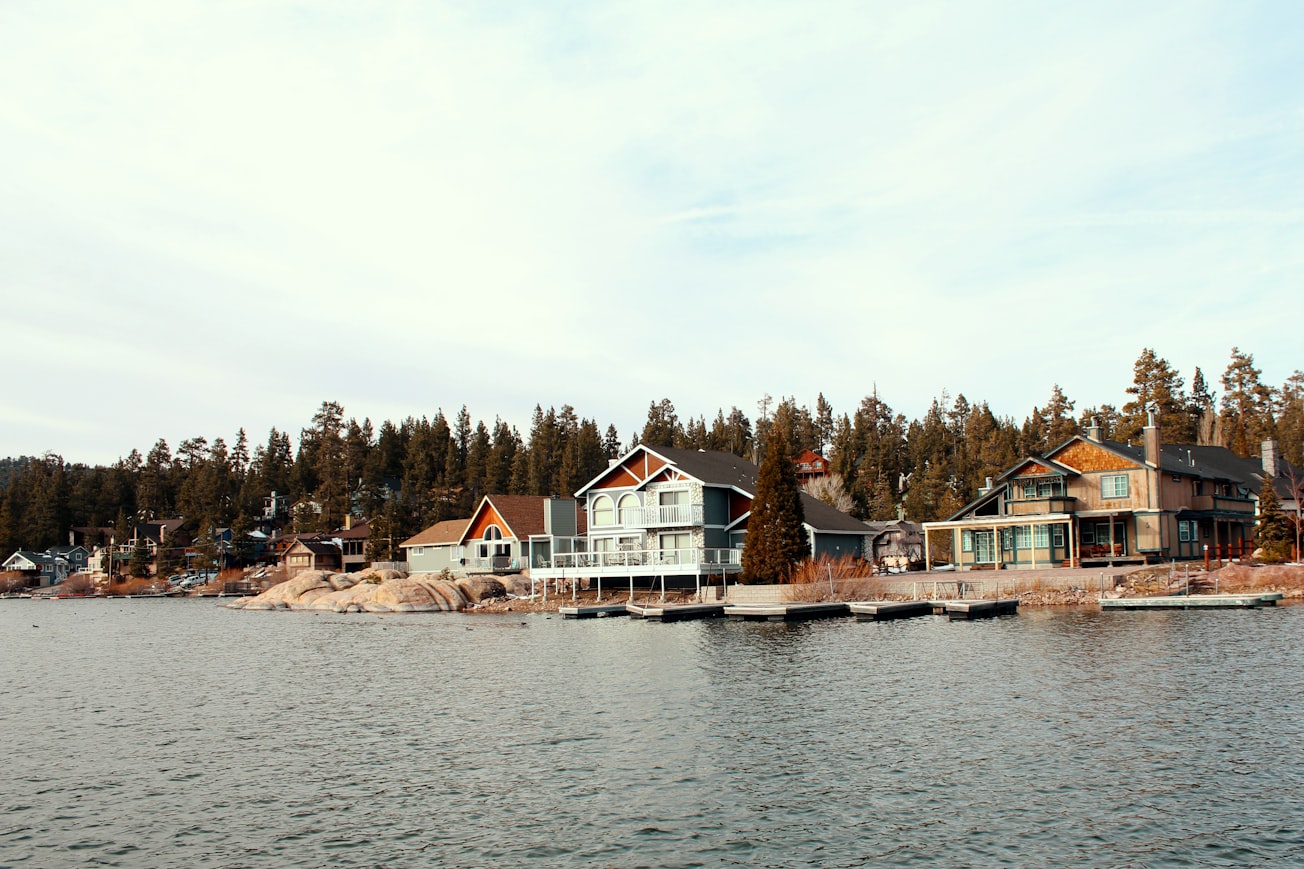What is it about?
High-quality water resources provide a wide range of benefits but the value of water quality is often not fully represented in environmental policy decisions, due in large part to an absence of water quality valuation estimates at large, policy relevant scales. Using data on property values with national-wide coverage across the contiguous United States, we estimate the benefits of lake water quality as measured through capitalization in housing markets. We find compelling evidence that homeowners place a premium on improved water quality. This premium is largest for lakefront property and decays with distance from the waterbody. In aggregate, we estimate that 10% improvement of water quality for the contiguous United States has a value of $6-9 billion to property owners. This study provides credible evidence for policymakers to incorporate lake water quality value estimates in environmental decision making.
Featured Image

Photo by Mattia Bericchia on Unsplash
Why is it important?
Lakes are a crucial resource for the aesthetic, recreation, drinking water, habitat, and other services they provide. Yet, many lakes are threatened by nutrient loading that compromise water quality. We use spatially explicit data on property values and lake water quality to provide the most extensive nationwide estimates for benefits of water quality capitalized through property values. We find property values appreciate by $6-9 billion if water quality is improved by 10% in the United States. These benefit estimates may support national, state, and local lake policies. The property value effects are particularly important because owners of properties around lakes are significant beneficiaries of lake policies, and they are the last line of protection from nutrient loadings.
Read the Original
This page is a summary of: Valuing water quality in the United States using a national dataset on property values, Proceedings of the National Academy of Sciences, April 2023, Proceedings of the National Academy of Sciences,
DOI: 10.1073/pnas.2210417120.
You can read the full text:
Contributors
The following have contributed to this page










